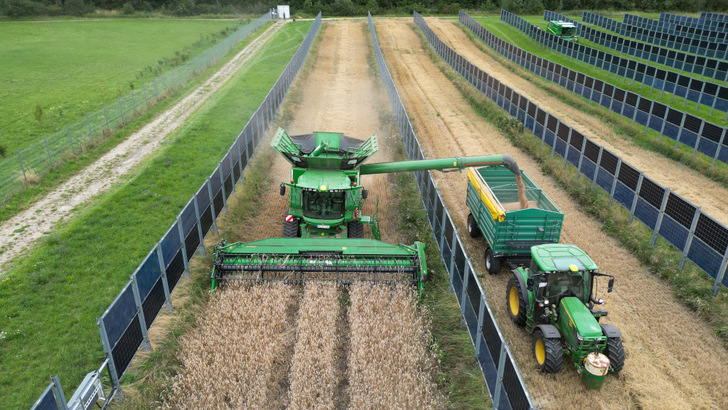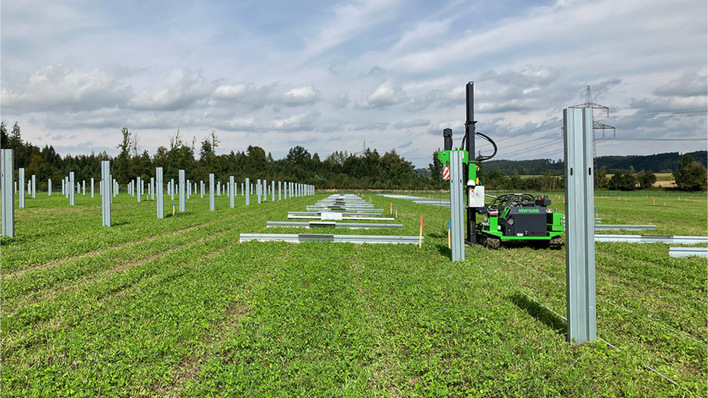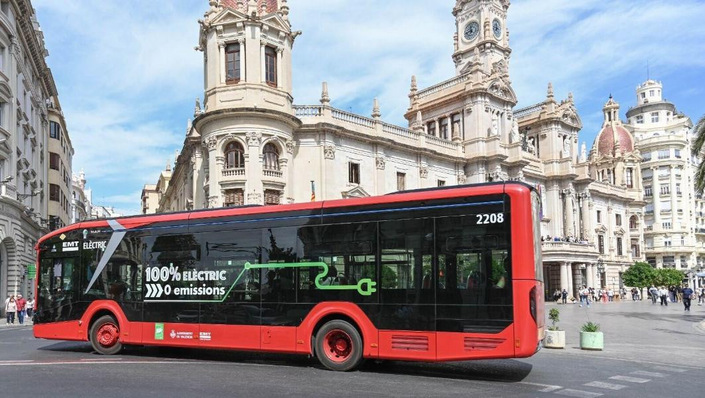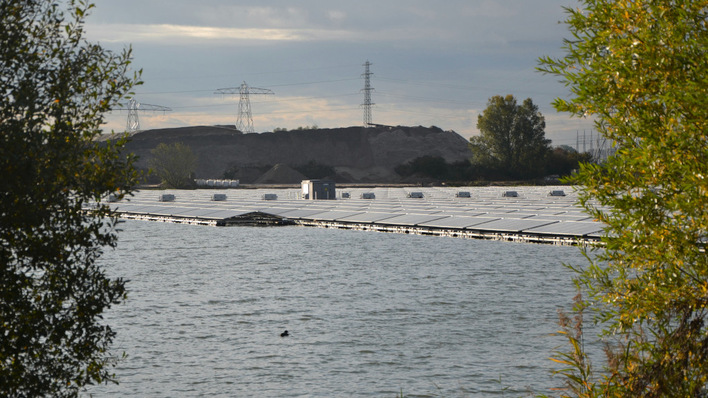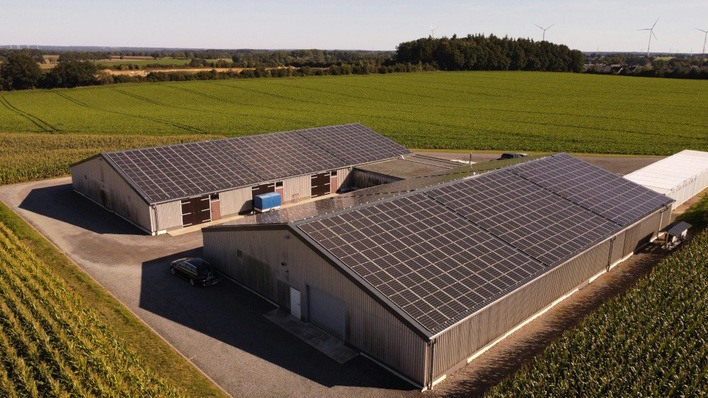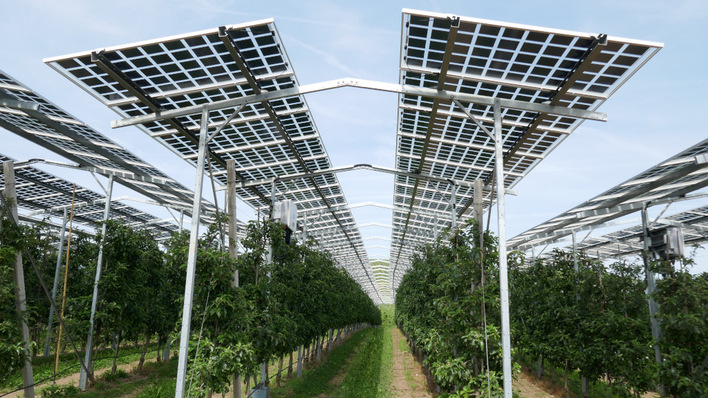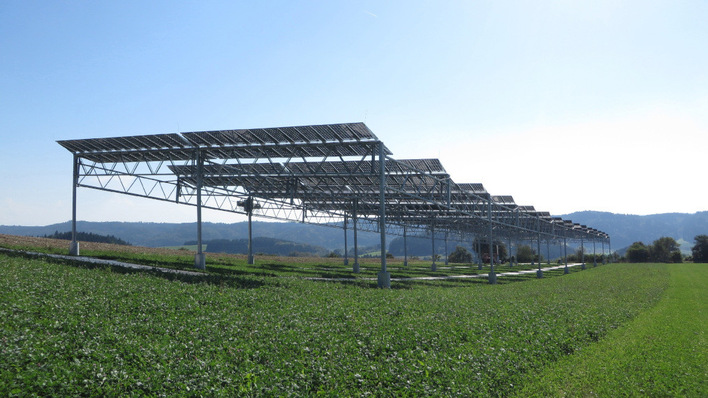The developer of vertically mounted solar arrays, Next2Sun, and the US solar company Isun will install the first system of its kind in the US in South Burlington, Vermont. Construction is scheduled to start in 2024. The first joint Next2Sun and Isun agri-PV project will be built on an area of 1.5 hectares, which will continue to be used for agricultural purposes. The 69 rows of modules will be installed at a distance of 9.14 metres from each other. Two rows of modules are installed one above the other in each rack system.
Taking the farmer's needs seriously
In future, vegetables such as carrots, beetroot and saffron will continue to be planted between the rows. "The Next2Sun system is an excellent addition to our product portfolio," says Jeffrey Peck, Managing Director of Isun. "Thanks to the vertical mounting of the modules and the adaptability of the installation to the farmer's needs, the valuable land is almost completely preserved for agriculture," he emphasises.
Entry into the US market
It is a good opportunity for Next2Sun to enter the US solar market. "In Isun, we have found a partner who, like us, wants to accelerate the energy transition," says Heiko Hildebrandt, CEO of Net2Sun. "With our vertical bifacial agri-PV system, we can make an important contribution to this, especially in areas like the north-east of the US. The vertical Next2Sun system always produces electricity when conventional photovoltaic systems tend to produce less."
Electricity production from two sides
As with all other Netz2Sun systems, the system in South Burlington is based on the concept of vertical mounting of bifacial solar modules. This technology has several advantages. On the one hand, power generation is better distributed throughout the day, as the usual midday peak of conventional solar parks does not occur.
See also: Desert Blume project: long-term storage for solar parks
The system produces like a generator that is orientated east-west. According to the company, this means fewer conflicts of use, better coverage of electricity demand and lower storage requirements for the success of the energy transition.
Agriculture still possible
On the other hand, agricultural use of the area remains largely unhindered. This is because the individual rows of modules have to be positioned very far apart anyway so that they do not shade each other. The patented frame system ensures that the modules are mounted on slightly flexible bearings to prevent stress cracks, but can also be mounted stably so that the system can withstand strong winds. (su/mfo)
Also interesting: Download the free Special Edition on dual use of land


